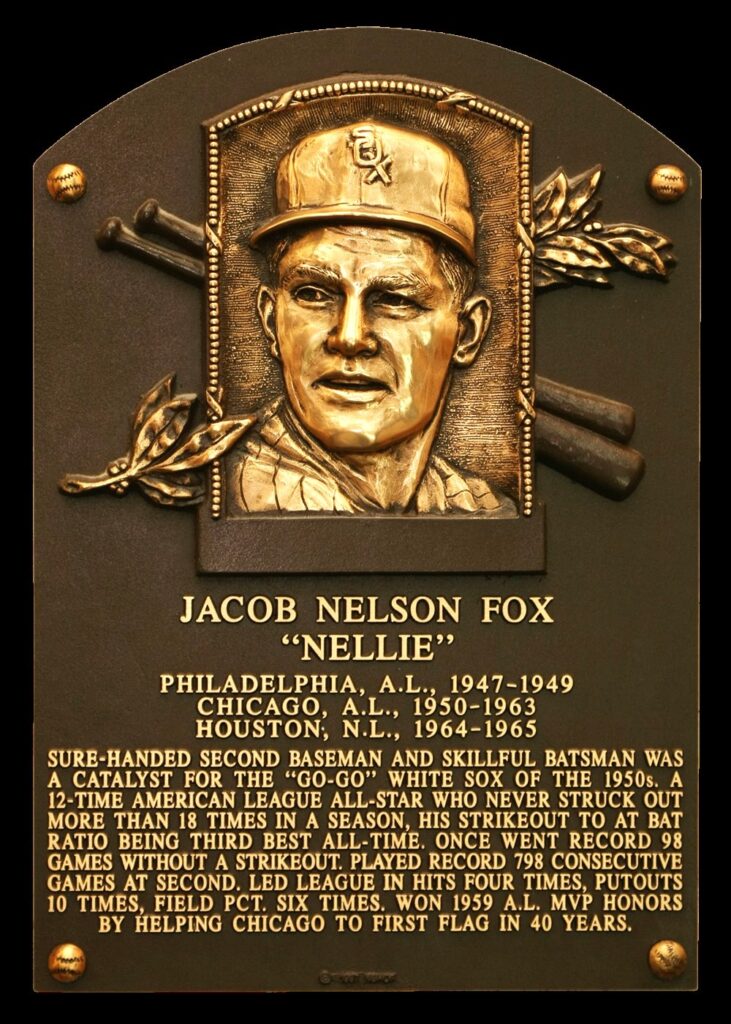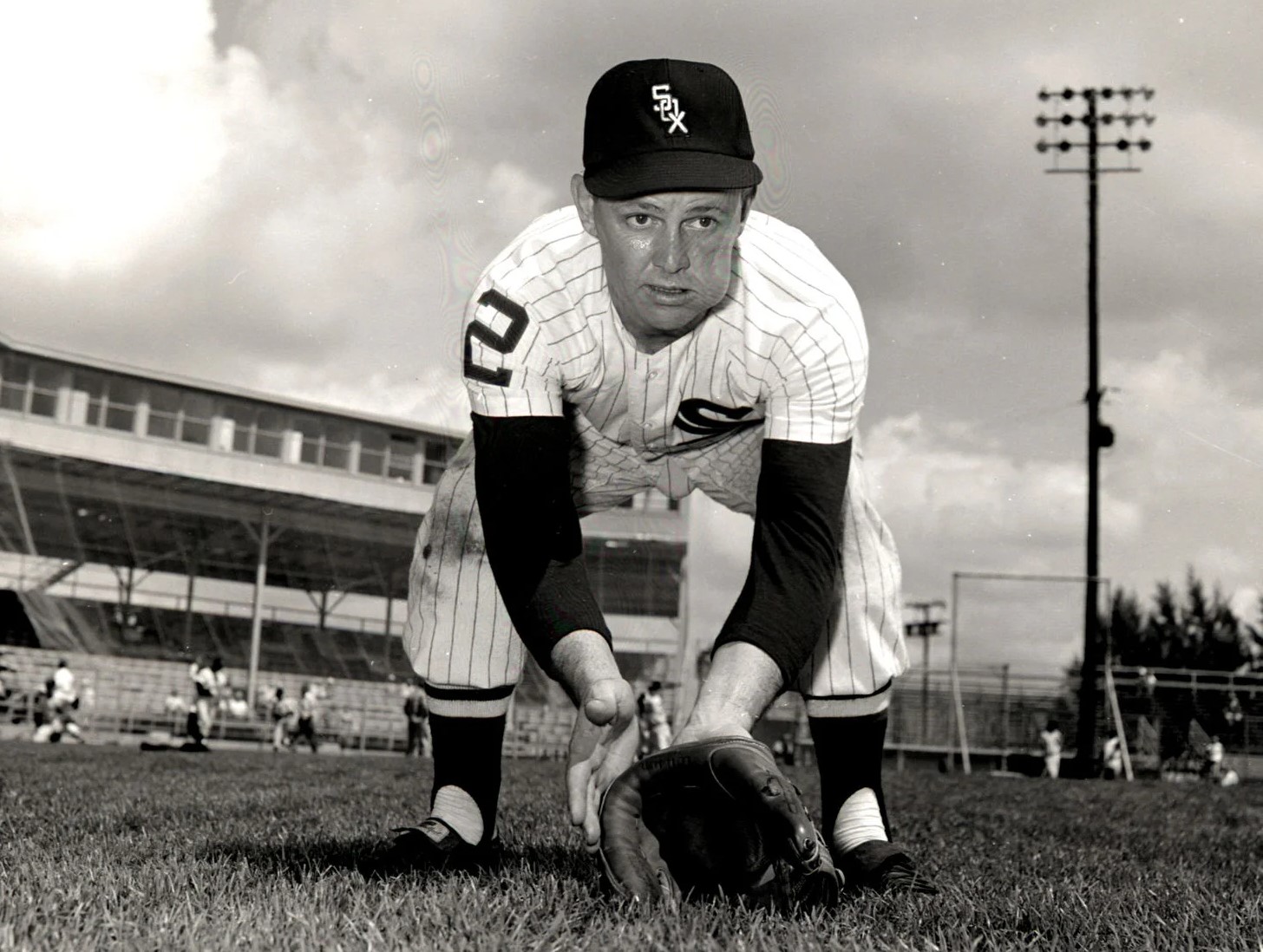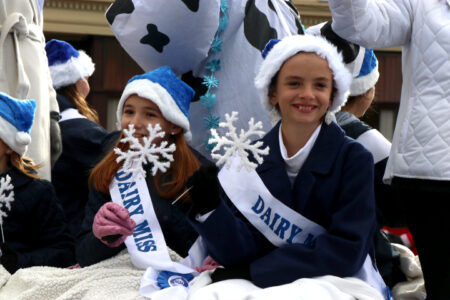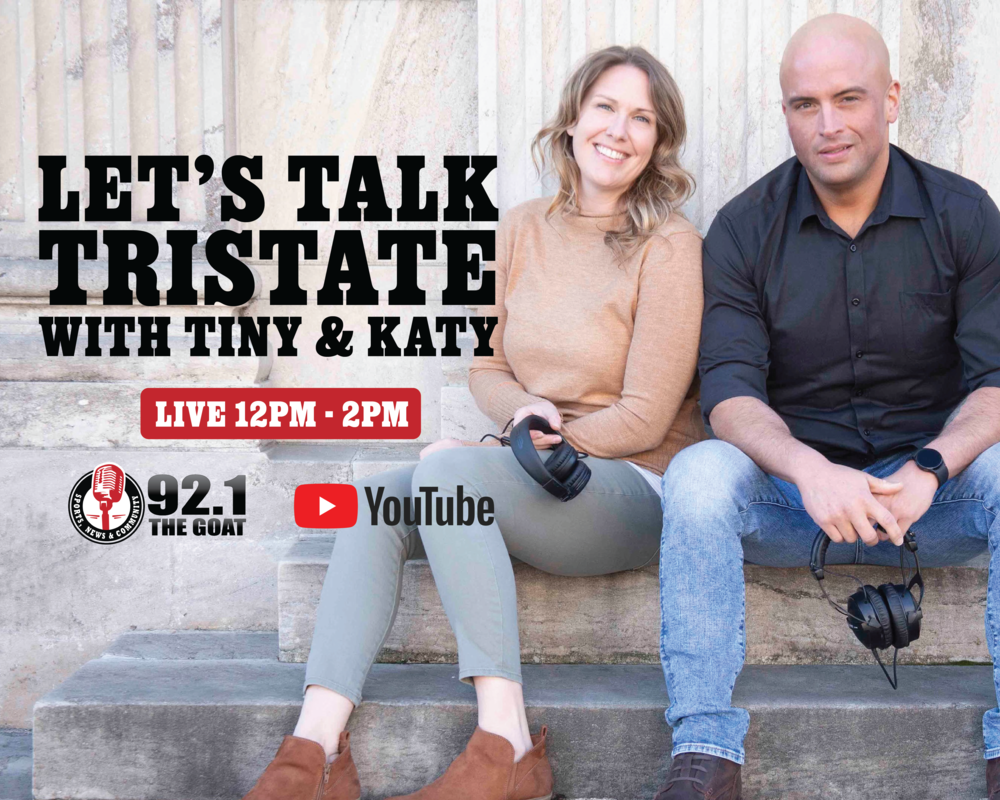Each Major League Baseball season, glory is chased during a grueling 162-game schedule, stretching from the cool afternoons of spring until chill evenings in autumn. When October arrives the elite teams, fielding the toughest players, compete to win championships. When those storied seasons add up to generations of baseball, only a few players achieve the status of a hero. One reward is an invitation to Cooperstown and enshrinement into the Baseball Hall of Fame.
This is the story of one of those players, born in Franklin County on Christmas day, 1927. He worked his way to baseball’s pinnacle, not with brawn, nor by hitting tape-measure home runs. Instead, this athlete achieved excellence with a normal physique and by perfecting ordinary baseball plays. His results were highly consistent, and some of the finest of his era. After his retirement, those feats became oddly undervalued and almost forgotten. But many years later, his incredible skills were properly remembered and celebrated. That ballplayer was Nellie Fox.
Born Jacob Nelson Fox in St. Thomas, Pa., “Nellie” was the youngest of three sons born to a carpenter who enjoyed playing baseball on local fields. Nellie owned a small frame, but during his youth, he showed tenacity and a tireless work ethic. He grew up enamored with baseball, and Fox would later say, “No one liked playing baseball more than me.” Nellie’s mother recognized his potential. She wrote an introduction letter to a Major League legend when her son was 16.
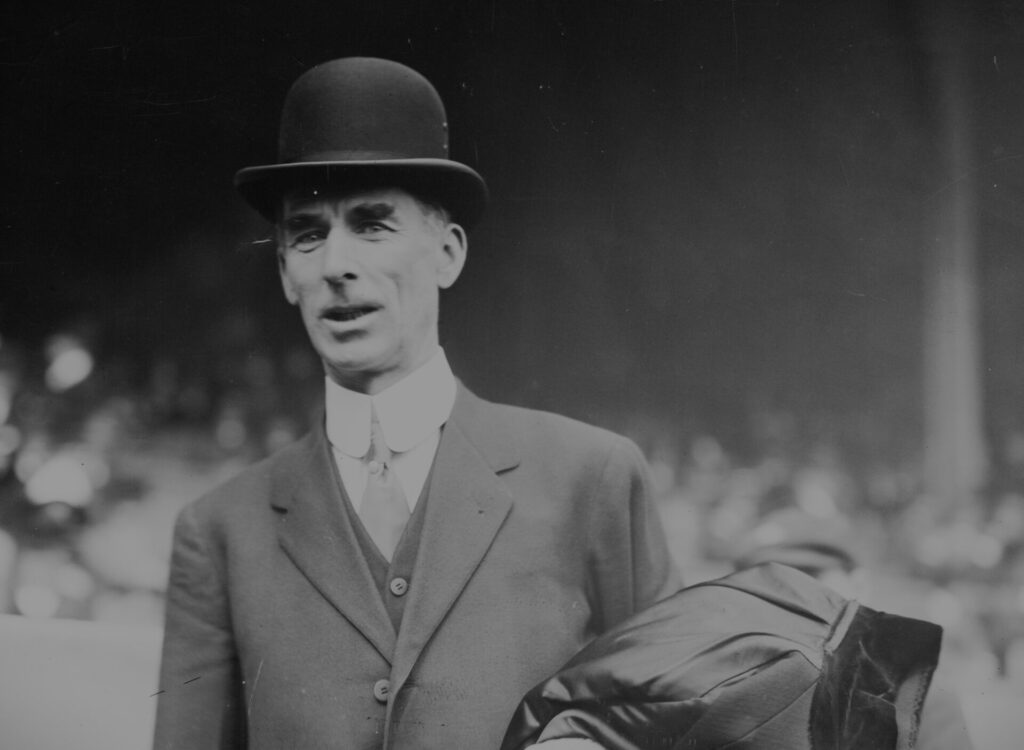
That man was Connie Mack, considered one of baseball’s greatest minds. Mack (born Cornelius McGillicuddy), was a Hall of Fame manager of the Philadelphia Athletics for an amazing 50 seasons and won five world championships. He skippered his team to age 87 and set the record for most wins by a manager. Mack read Mrs. Fox’s letter and agreed to give Nellie a tryout in Frederick, Md. He signed the teen-age Fox to a professional baseball contract.
Fox made his boyhood dreams come true, debuting in the big leagues for the Philadelphia A’s in 1947. After seeing little playing time in his first years, Fox was traded to the Chicago White Sox in the 1949 offseason. This change of scenery was a perfect catalyst for Fox’s budding baseball career. When penciled into the everyday Sox lineup, he quickly rose in stature.
But after years of success, Fox was likely the least known of baseball’s 1950s best players. During this era, Mickey Mantle, Willie Mays and Stan Musial were the celebrated ballplayers, all worthy legends. But Nellie was crafty like a fox. He honed his athletic talents beneath the radar of baseball fans who rooted in cities other than Chicago.

During his earlier years, Fox tried all of baseball’s defensive positions except pitcher and catcher. But in the majors, he found his true calling playing second base. He learned consistency and practice were key ingredients to achieving remarkable results. During the 1950s, Fox recorded the most putouts for a second-sacker, owned the highest fielding percentage, participated in the most double plays, and finished first in assists. By 1951, he was a perennial All-Star and would make that squad each year for the decade’s remaining seasons.
The White Sox had a solid team during the ‘50s but most years couldn’t match the Yankees in the American League. From 1949 to 1964, the Bronx Bombers won the AL Pennant every year but two. In 1959, the right ingredients came together for Chicago. The team was nicknamed the “GoGo Sox”, after a fan fight song that debuted that year. Al Lopez managed the club, and on-field play was led by Fox and the strong pitching of future Hall-of-Famer Early Wynn. The Sox started strong that year and never looked back, beating the third-place Yankees by 15 games during a commanding 94-60 season.

By this time, most baseball sportswriters recognized Nellie Fox’s talents by witnessing his complete skills at daily games. Better known for his defense, Fox had also achieved less noticed success with his hitting. But during the 1950s, he had more hits than any other player, second most doubles, and hit for a .300 average. Only Mickey Mantle scored more runs in the ‘50s than Nellie Fox.
Always in the lineup, even when banged up by playing hard-nosed defense, Fox played the most major league games during this decade. He once played 798 consecutive games at second base, which is still a major league record for that position and 11th best overall for any player.
After that winning 1959 season, those sportswriters named Fox the American League’s Most Valuable Player. His offensive stats were impressive but hardly Mantle-like. Mantle hit 31 homers in ’59 to Fox’s 2. But Nellie hit .306 and led the league in singles. He would hit more singles than anyone in seven consecutive seasons. By winning the MVP, Fox was aptly rewarded for his overall playing ability. He had won his second Gold Glove award that year — recognized as the best defensive player at the second base position.
Going into the 1959 World Series, the White Sox hadn’t been to the fall classic since the Black Sox betting scandal in 1919. The ’59 Sox faced the NL Los Angeles Dodgers, who, like the Yankees, were a powerhouse franchise. Although the Sox lost the series to the Dodgers 4 games to 2, Fox hit .375, the best offensive performance for his team, and he scored Game 5’s only run in a 1-0 Chicago win. The White Sox wouldn’t reach the World Series again until 2005.
Fellow players and managers recognized the grit and determination of the scrappy Nellie Fox, who stood 5’9’’ and weighed 160 pounds. “That little feller, he ain’t so big,” Yankee Manager Casey Stengel said, “but his heart is as big as any ballpark in America. He can beat you with his bat, his glove or his mouth.” A fellow player said Fox had “hustled his way to baseball stardom.” And Al Lopez, Fox’s manager, said his second baseman “worked hard to develop what he needed to make himself a great all-around ballplayer.”
Nellie Fox never returned to the World Series after 1959. His professional career ended in 1965 with the Houston Astros. As his playing days concluded, Fox had accumulated impressive career statistics including 2663 hits and 12 All-Star selections, most ever by a second baseman.
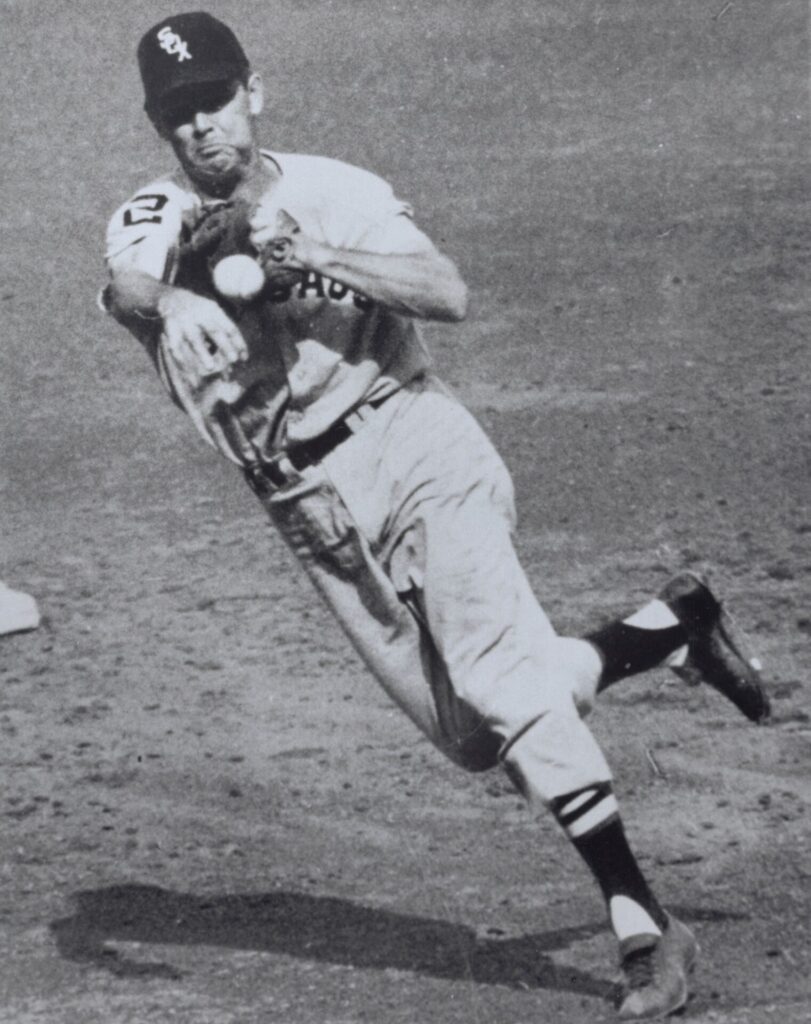
One obscure stat illustrates Fox’s on-field tenacity and resourcefulness. During 10,351 career plate appearances, Fox struck out only 216 times. This amounted to a strikeout every 48 at-bats, making him the third toughest player to strike out in major league history. Nellie Fox choked up on his bat and rarely hit the ball far, but he was always a difficult guy to get out. He once went 98 games without a strikeout, and in one remarkable year, Fox had more triples (12) than strikeouts (11). During a 1956 doubleheader against the Yankees, he recorded seven straight hits.
After his playing days, Fox coached for the Astros and the Washington Senators through 1972. In 1956, he also started a local bowling alley, Nellie Fox Bowl, in Chambersburg. That business is still open today. Fox always returned to his hometown of St. Thomas during the off-seasons and later retired there.
Once eligible for the Hall of Fame (retired players must wait five years before being voted on) Fox surely anticipated an eventual call that would invite him to Cooperstown. But that call never came while Fox was alive. A few years after his baseball retirement, Nellie Fox was diagnosed with cancer. He died at Baltimore’s Cancer Research Center on Dec. 1, 1975. Fox was only 47 years old and left a wife and two daughters.
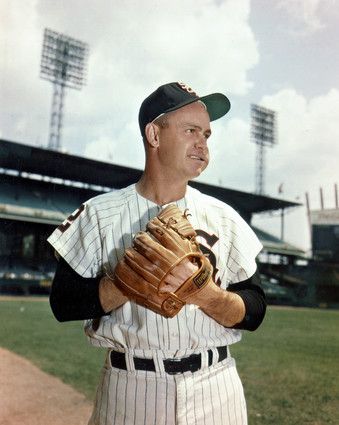
Years passed after Fox’s death and many other deserving baseball players were elected to the Hall of Fame. But not Nellie Fox. One notable selection was Luis Aparicio, who played shortstop with Fox for a few celebrated White Sox seasons. Aparicio was inducted into the HOF in 1984. The Fox/Aparicio infield was a formidable double-play combo. Today, a bronze statue of this pair stands at Chicago’s U.S. Cellular Field, the home field of the White Sox. The team also retired Fox’s number 2 uniform, one of only 10 White Sox players who received that honor.
As more baseball seasons turned over, other second basemen like the Red’s Joe Morgan (who remembered Fox’s mentorship during his HOF acceptance speech) reached the deserved status of a baseball legend. But Fox was still curiously left out of the Hall. It seemed with the passing of time contemporary sportswriters forgot about Nellie Fox. He had hit only 35 home runs during his entire career, less than many players slugged in a single season. But with Fox, his consistent overall excellence trumped his lackluster power numbers.
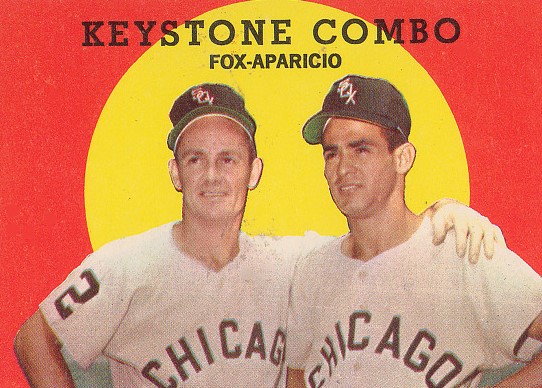
Luckily, many baseball fans appreciated Fox’s stellar career. The Nellie Fox Society formed, an organization that was determined to see their favorite player reach the Hall of Fame. Among its 600 loyal members was Chicago Mayor Richard M. Daley.
After a pro player’s normal eligibility expired, the only avenue to join the Hall was through their Veterans Committee. The Society targeted this HOF group, armed with a video touting Fox’s unique baseball accomplishments. Their efforts, mirroring Fox’s career, were marked by persistence and hard work. Their plan paid off. Nellie Fox was elected to the Baseball Hall of Fame in 1997, 32 years after his final game.
Nellie Fox’s life is an inspiring baseball story. He once remarked in an interview: “You’re only on the field for a few hours, so if you hustle and give it your all, it always pays off.” Baseball is one of the few remaining sports where imposing physical stature isn’t required. Fox’s legacy reminds today’s young players that dreams of baseball glory are still achievable, regardless of their speed, sports pedigree or size.
The tale of Nellie Fox is a larger story. Beyond baseball statistics, his success showed when people believe in their natural abilities, the American Dream is still attainable. No matter what field is chosen in a drive toward excellence, with hard work and dedication, anyone can become a hero.
